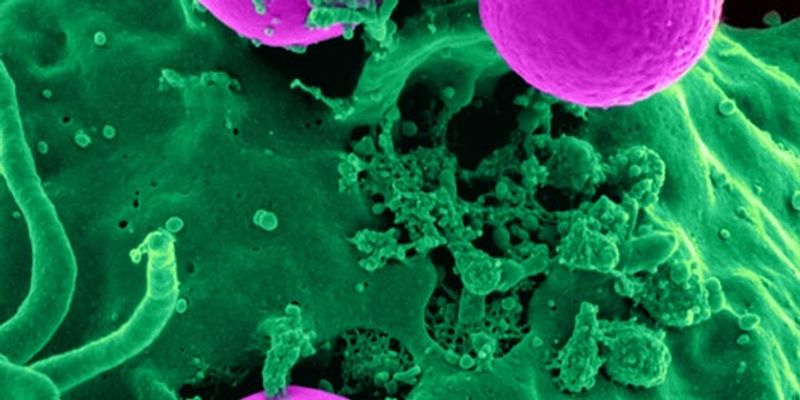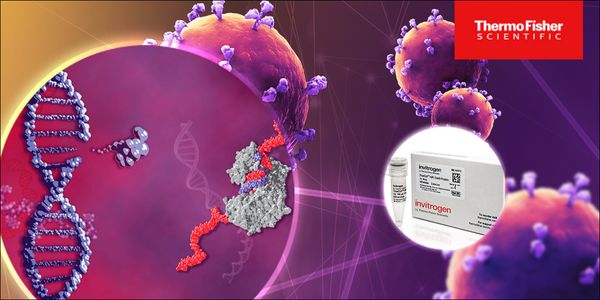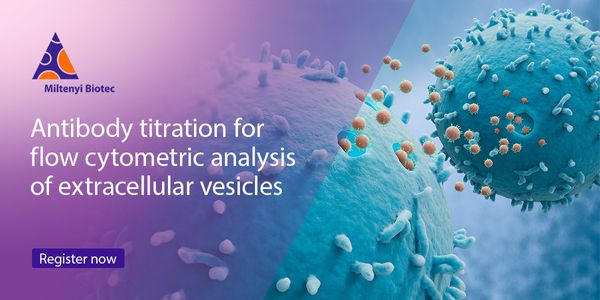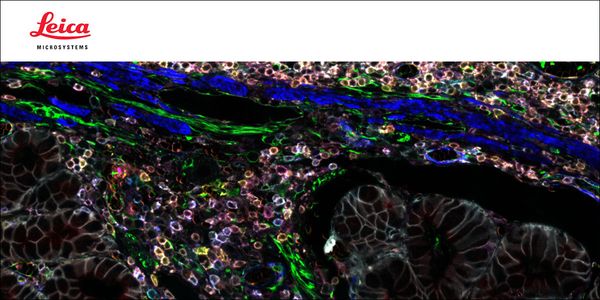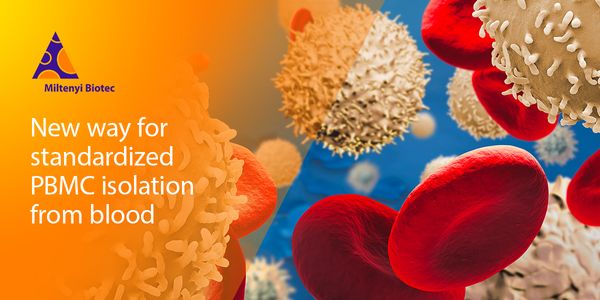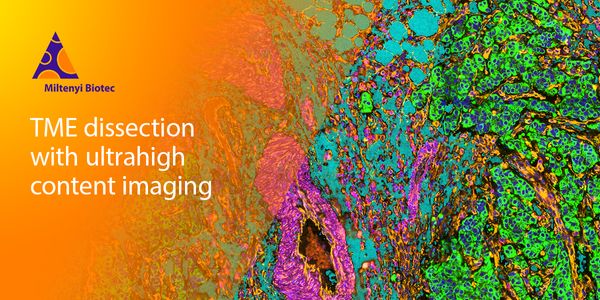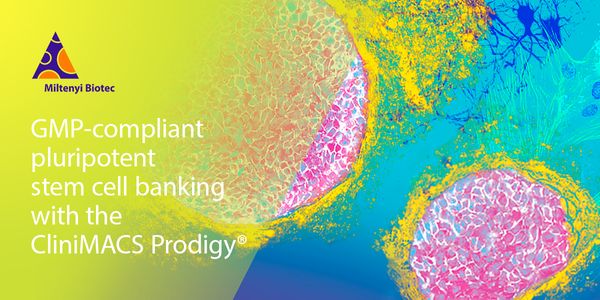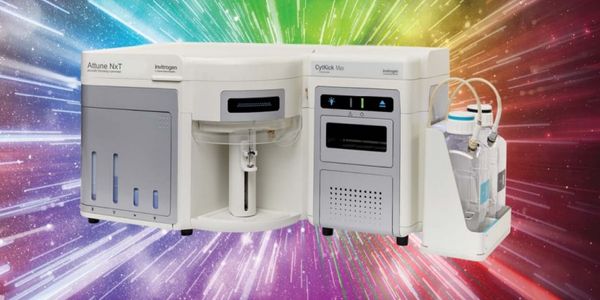SEP 28, 2021 | 9:00 AM
Date: September 28, 2021 Time: 9:00am (PDT), 12:00pm (EDT) Standardization and reproducibility are prerequisites for peripheral blood mononuclear cell (PBMC) generation from donor or patient...
SEP 23, 2021 | 8:00 AM
Date: September 23, 2021 Time: 8:00am (PDT), 11:00am (EDT) The tumor microenvironment (TME) comprises complex cellular and structural features. The processes and interactions within the TME...
While providing indispensable insight into immune processes, the live cell imaging of immune cells poses unique challenges due to their non-adherent nature. Suspension cells such as immune c...
SEP 22, 2021 | 7:30 AM
Date: September 16, 2021 Time: 8:00am (PDT), 11:00am (EDT) Rapid screening and speed of scale-up in protein therapeutics are critical factors in today’s biotech and pharma workflows. T...
SEP 17, 2021 | 12:00 PM
Date: September 16, 2021 Time: 9:00pm (PDT), 12:00am (EDT) 3D cellular models like organoids and spheroids offer an opportunity to better understand complex biology in a physiologically rele...
SEP 16, 2021 | 8:00 AM
Date: September 16, 2021 Time: 8:00am (PDT), 11:00am (EDT) Rapid screening and speed of scale-up in protein therapeutics are critical factors in today’s biotech and pharma workflows. T...
SEP 15, 2021 | 7:00 AM
Date: September 15, 2021 Time: 7:00am (PDT), 10:00am (EDT) Flow cytometry has become ubiquitous in its applications ranging from research institutions to clinical laboratories. High-dimensio...
SEP 14, 2021 | 7:00 AM
Date: September 14, 2021 Time: 7am PDT, 10am EDT, 4pm CEST A conventional thermal cycler has long been a commodity product in the lab and end-point PCR techniques can be completed almost wit...
The ongoing COVID-19 pandemic has elevated the need for reliable, cost-effective means for widespread virus detection. This webinar will explore two distinct approaches for isolating viral R...
